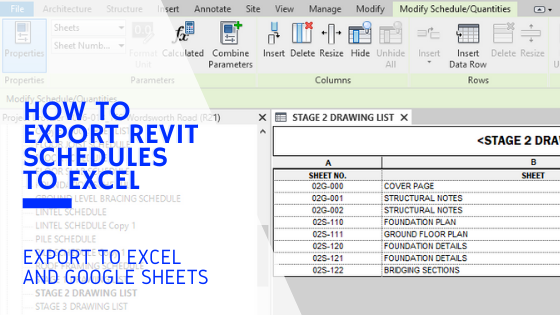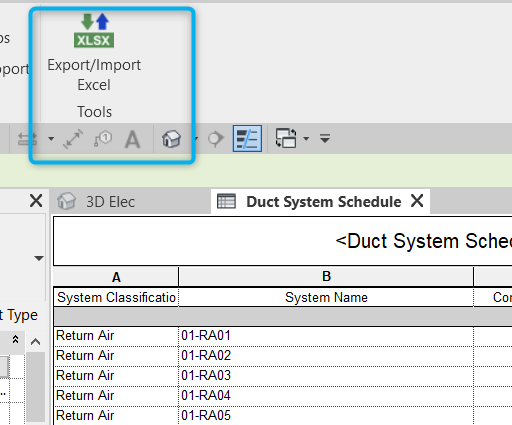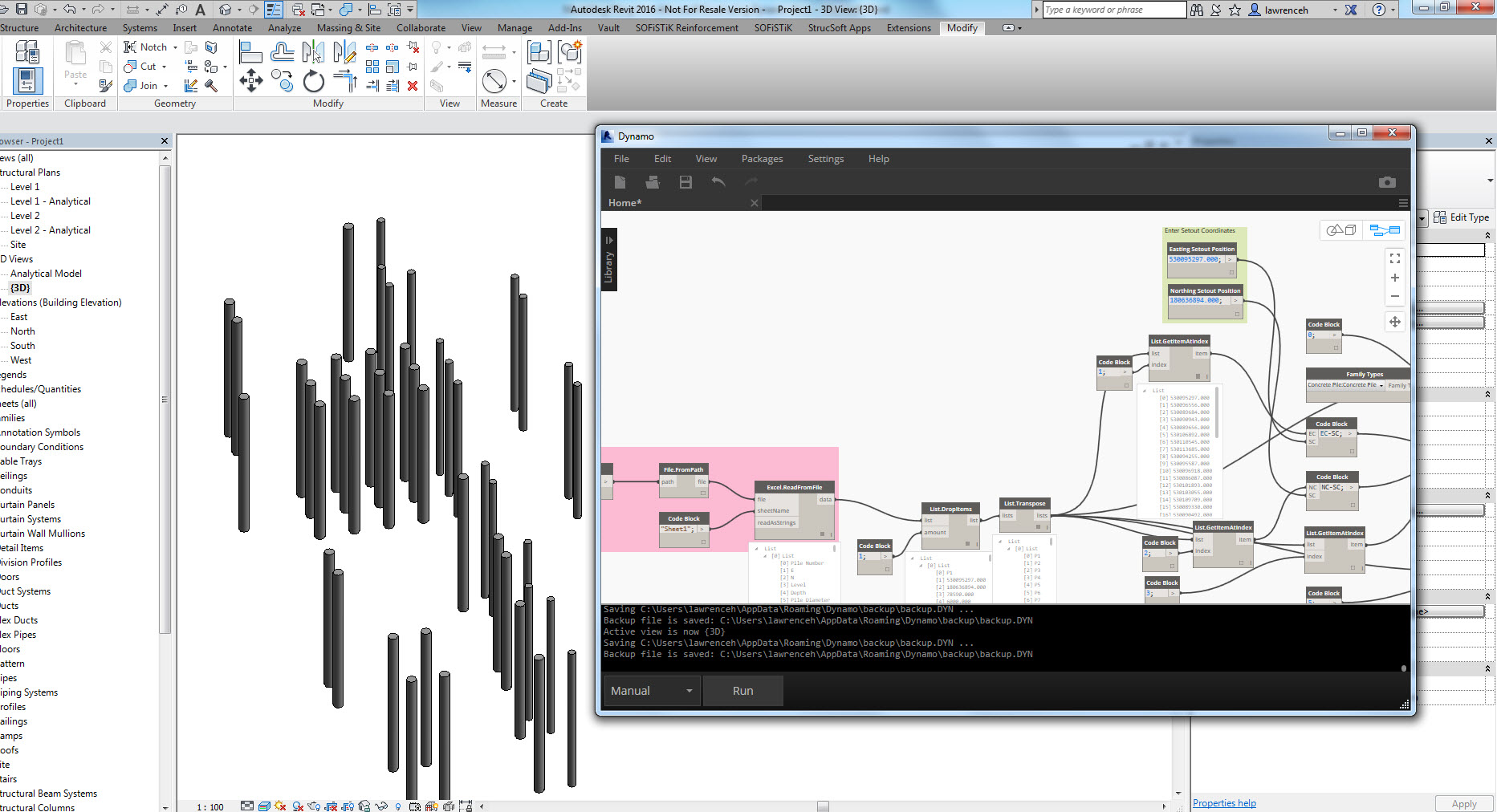Understanding the Art of Information Integration: How to Seamlessly Import Excel Record Into Revit
In this post, we will certainly lead you through the procedure of understanding the art of data combination. Obtain prepared to prepare your Excel information easily and follow our detailed overview to import data right into Revit. With our ideal practices, you'll attain data assimilation success in no time.
Understanding the Significance of Information Integration in Revit
Understanding the significance of data combination in Revit is crucial for seamless importing of Excel documents. When you integrate data from Excel right into Revit, it permits you to successfully handle and update info throughout the entire task. This integration ensures that your layout and construction procedure is exact and up-to-date.
By integrating data, you can quickly import and update criteria, routines, and even geometry in Revit. This removes the demand for hands-on data entry, conserving you time and reducing the danger of errors. With Revit's data integration abilities, you can keep consistency and precision in your job, while also boosting cooperation amongst employee.

Exploring the Excel Documents Style for Revit Assimilation

In order to successfully integrate Excel documents right into Revit, it is vital to make sure that the information is formatted properly. This consists of effectively classifying columns and rows, in addition to structuring the information in such a way that works with Revit's information schema. Revit uses particular specifications and groups to arrange data, so it is essential to line up the Excel data with these parameters to ensure a smooth combination.
In addition, it is crucial to note that Revit only sustains particular data types when importing from Excel. These include message, numbers, and dates. Any type of various other data types, such as formulas or conditional formatting, will certainly not be recognized by Revit and might trigger issues during the integration process.
Preparing Your Excel Data for Seamless Import Into Revit
To ensure a smooth combination procedure, you'll need to effectively layout and tag the columns and rows in your Excel data before importing it into Revit. This action is crucial because it allows Revit to properly translate and organize your information. Begin by analyzing your Excel data and recognizing which rows and columns consist of appropriate info for your Revit job. After that, see to it to identify each column with a clear and descriptive header. This will certainly help you and others easily understand the purpose of each her response column and prevent complication throughout the import procedure.
Next, guarantee that the information in each column is effectively formatted. For example, if you have a column for dimensions, make certain that all measurements are regularly formatted in the very same devices of measurement. Revit relies on regular formatting to accurately interpret and import data.
In addition, it is necessary to examine for any vacant cells or variances in your information. Revit might not have the ability to check out or import information from cells that are vacant or contain mistakes. As a result, it is advised to assess your Excel information and cleanse up any kind of inconsistencies prior to importing it into Revit.
Step-By-Step Guide to Importing Excel Files Into Revit
Once you have actually correctly formatted and classified your Excel information, you can easily import it into Revit by following this step-by-step overview. To start, open Revit and navigate to the "Insert" tab. revit tools.
Next, a dialog box will certainly appear, enabling you to customize the import setups. Below, you can choose the worksheet you wish to import, define the variety of cells to import, and choose the proper devices for your data. Once you have actually made your selections, click "OK" to continue.
Revit will now present a sneak peek of your Excel information. Take a minute to ensure and review the sneak peek that everything looks correct. If required, you can make changes to the import settings by clicking on the "Settings" button.
Best Practices for Information Integration Success in Revit
Ensure you follow these ideal practices to make sure successful assimilation of information in Revit. First and leading, it is important to organize your information in Excel before importing it into Revit. This indicates ensuring consistent calling conventions, appropriate formatting, and exact information representation. Next off, make use of Revit's built-in devices for information mapping. This will certainly enable you to match the columns in your Excel file with the corresponding parameters in Revit. Bear in mind the devices and information kinds when mapping the information, as any kind of discrepancies can lead to errors in the combination procedure.
One more important technique is to regularly validate and upgrade your information. As your job advances, it is necessary to maintain your Excel documents approximately day description with any type of adjustments made in Revit. This will aid preserve the accuracy and consistency of your data across both systems. Additionally, utilize information recognition tools within Revit to determine any errors or incongruities in the integrated data.
Last but not least, it is recommended to develop a clear workflow for information integration. This consists of defining duties and roles, setting up a communication network between staff member, and establishing a normal cadence for data updates and reviews. By complying with these ideal methods, you can guarantee a seamless and effective integration of information in Revit, eventually enhancing the performance and accuracy of your project.
Conclusion
In verdict, mastering the art of data integration is crucial for smooth import of Excel files right into Revit. Recognizing the importance of information combination in Revit is the very first step towards effective assimilation. Exploring the Discover More Here Excel documents layout for Revit integration helps in comprehending the limitations and needs. Preparing the Excel information properly and complying with a step-by-step overview is important for a smooth import procedure. By following finest practices, you can ensure information integration success in Revit and make the most out of your task.
When importing data from Excel into Revit, it is vital to comprehend the file format and exactly how it can affect the combination procedure (revit plugins). Revit utilizes certain specifications and classifications to organize information, so it is vital to align the Excel data with these criteria to ensure a smooth combination
Be conscious of the systems and data types when mapping the data, as any type of discrepancies can lead to errors in the integration procedure.
Furthermore, make usage of information recognition devices within Revit to recognize any mistakes or inconsistencies in the incorporated information.
